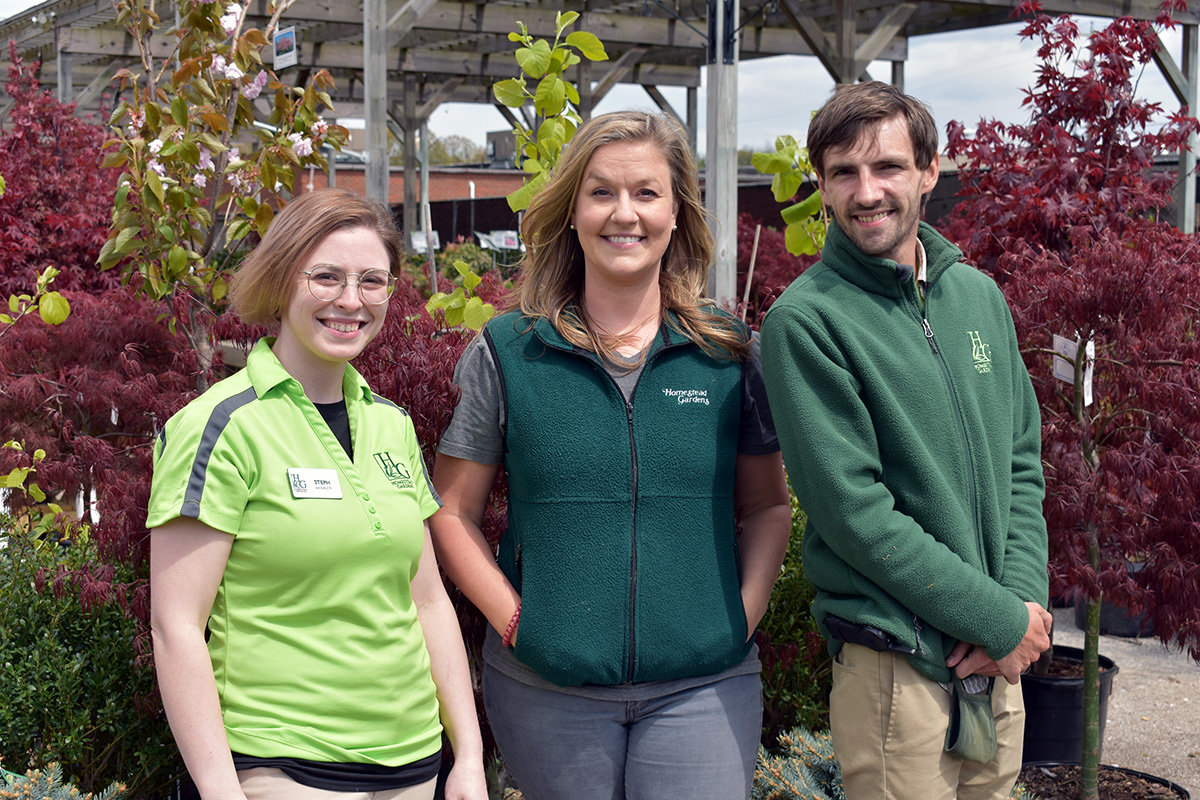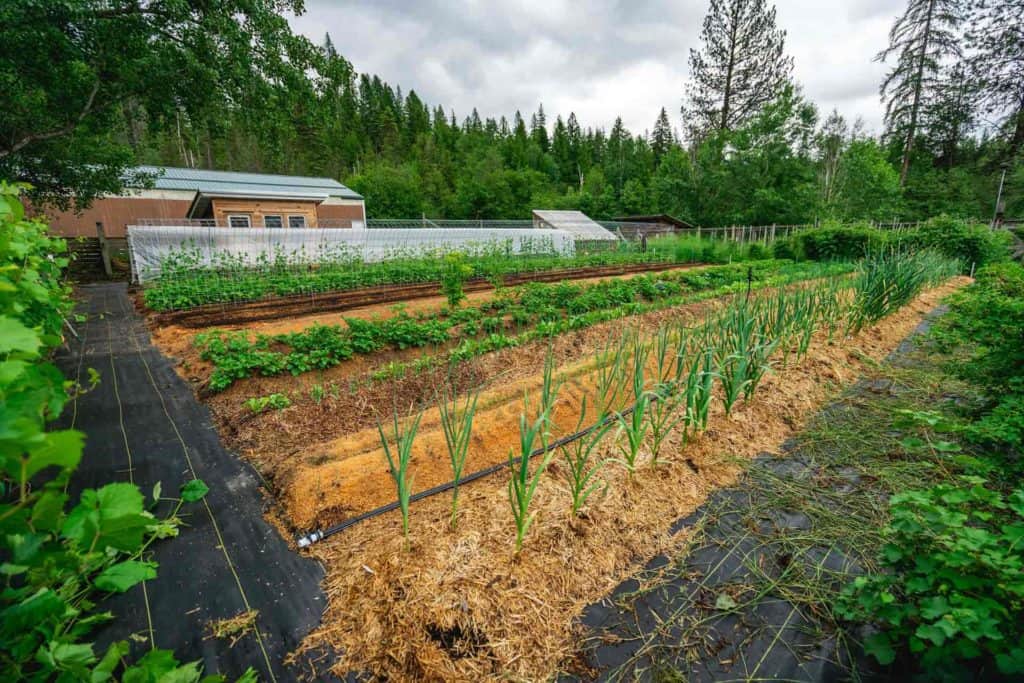Enhance Your Outdoor Location With Creative Horticulture Styles and Styles
By checking out various designs, such as the charming informality of cottage gardens or the minimalism of modern-day aesthetics, one can considerably raise the ambiance of their environments. Furthermore, including upright horticulture strategies and lasting practices not only boosts visual allure but likewise advertises environmental consciousness.

Cottage Yard Charm
Cottage gardens, commonly characterized by their lush, casual layouts, welcome a harmonious blend of herbs, veggies, and blossoms, developing a vibrant tapestry of color and fragrance. This conventional gardening style go back to the late 19th century, stemming in England, and is valued for its captivating, charming charm.
Key aspects of home yards include the usage of seasonal plants, climbing creeping plants, and self-seeding annuals, which add to an ever-evolving landscape. Growing in thick collections urges a naturalistic look, permitting an eclectic mix of shades and structures. Popular flowers such as delphiniums, foxgloves, and hollyhocks come together with great smelling herbs like lavender and rosemary, boosting sensory experiences while promoting biodiversity.
Integrating rustic features, such as weather-beaten trellises, wooden fences, or stone pathways, better boosts the visual of a home yard. This style not only prioritizes beauty however likewise embraces sustainability, as many plants are picked for their capacity to draw in pollinators and offer food. Inevitably, the cottage yard beauty hinges on its loosened up, welcoming environment, motivating a deep connection with nature while offering an ideal resort for leisure and pleasure.
Modern Landscape Visual Appeals
While the beauty of home gardens evokes a feeling of nostalgia and fancifulness, contemporary landscape looks welcome an even more streamlined and minimalist approach. This modern style stresses simpleness, functionality, and an assimilation with the surrounding atmosphere. Tidy lines, geometric forms, and a limited color scheme define contemporary landscaping, enabling nature's beauty to take center phase without unneeded diversions.
Products play an essential function in attaining this visual. Concrete, steel, and all-natural stone are regularly used to create hardscapes that match the landscape as opposed to bewilder it. In enhancement, the careful option of plants is fundamental; decorative yards and native species are usually favored for their low upkeep and capability to flourish in local problems.
Water functions, such as sleek ponds or mirroring pools, are likewise important to modern styles, providing serenity and a focal factor. Lasting techniques, consisting of xeriscaping and using absorptive products, boost the eco-friendly duty of contemporary landscaping. Ultimately, modern landscape appearances supply a possibility to produce serene outdoor rooms that show contemporary values while fostering a much deeper connection to nature.
Upright Horticulture Innovations
Vertical gardening technologies have actually revolutionized the method we come close to gardening in restricted spaces, making it possible for the growing of plants in city settings where ground area is scarce. These cutting-edge methods and frameworks permit garden enthusiasts to take full advantage of upright surfaces, transforming walls, fences, and even verandas into rich environment-friendly areas.
One noticeable innovation is the use of modular systems, which contain interlacing panels that can be conveniently mounted and repositioned - Homestead Gardening. These panels typically come furnished with built-in irrigation systems, making sure that plants get adequate dampness while decreasing water waste. Furthermore, my latest blog post vertical yards can include a selection of plants, from blooming species to edible herbs, advertising biodiversity and boosting aesthetics
Another notable innovation is the assimilation of wise technology, such as sensing units that keep an eye on dirt moisture and nutrient levels. This innovation permits accurate care tailored to the requirements of private plants, making sure optimal development and health and wellness. In addition, light-weight products and upright planters made from recycled items add to sustainability while decreasing the physical problem of conventional gardening.
Sustainable Horticulture Practices
Lasting gardening practices have arised as a crucial strategy for garden enthusiasts seeking to reduce their environmental influence while enhancing the health and wellness of their ecosystems. These practices focus on the mindful monitoring of all-natural sources, promoting biodiversity, and fostering a durable landscape.
One crucial element of lasting gardening is dirt health. Using organic garden compost, mulching, and plant turning improves the dirt, promoting beneficial microbes and decreasing the demand for chemical fertilizers. Furthermore, native plants are urged, as they call for much less water and are more resistant to neighborhood insects, hence reducing dependence on pesticides.

Furthermore, lasting horticulture urges using recycled products for yard structures and pathways, lowering waste and environmental effect. By adopting these methods, garden enthusiasts can produce a successful outside room that harmonizes with nature, ensuring both individual enjoyment and environmental duty.
Themed Garden Inspirations
Creating a themed yard can change an average outdoor room right into an exciting shelter that reflects individual style and interests. Themed yards use a distinct opportunity to express imagination while find this improving the visual allure of one's landscape. Popular styles consist of Japanese Zen gardens, which highlight peace via thoroughly prepared rocks, water features, and minimalist growings.
Another motivating style is the home yard, defined by an informal format full of an abundance of aromatic herbs and vivid blossoms. This style promotes biodiversity and attracts pollinators, making it both environmentally helpful and beautiful.
For those with a propensity for adventure, an exotic yard can stimulate a trip feel, featuring bold vegetation, dynamic blooms, and probably also a tiny water function to imitate a see hotel atmosphere.
Alternatively, a themed garden can draw inspiration from literary works or history, such as a Shakespearean garden that includes plants mentioned in the Bard's jobs.
Selecting a theme not just offers instructions in plant choice and design but also creates a cohesive setting that invites expedition and pleasure, making outdoor areas absolutely unique.
Verdict

Incorporating rustic functions, such as weathered trellises, wooden fences, or stone pathways, further improves the aesthetic of a cottage garden. Furthermore, upright gardens can integrate a range of plants, from flowering species to edible herbs, promoting biodiversity and improving aesthetics.
Creating a themed yard can transform an ordinary outdoor area into an exciting refuge that mirrors individual design and rate of interests. Themed gardens provide a distinct possibility to reveal creative thinking while enhancing the visual appeal of one's landscape. The appeal of cottage yards, the sleekness of modern landscapes, cutting-edge vertical gardening strategies, sustainable methods, and themed gardens each add unique elements that foster both charm and functionality.